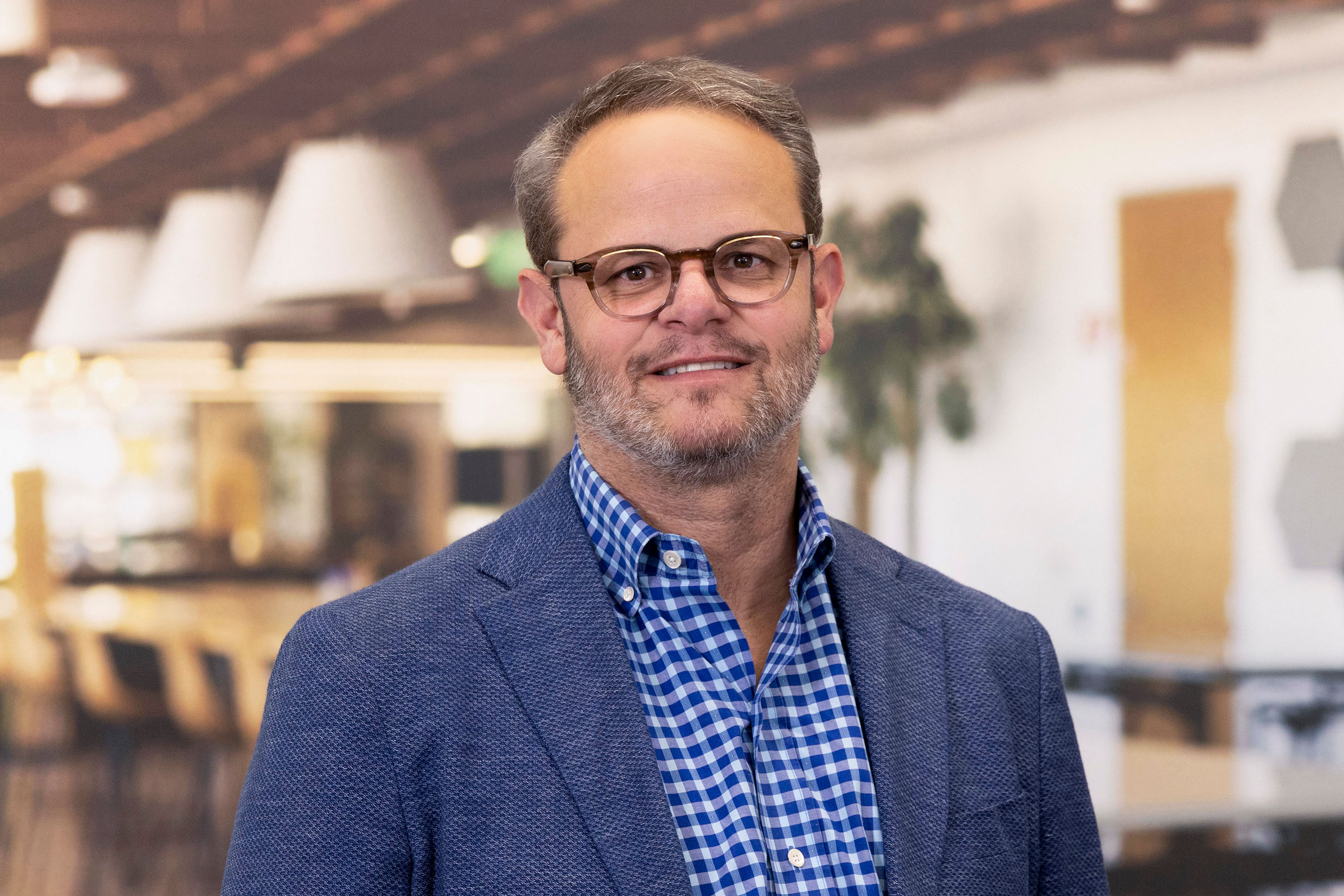EY refers to the global organization, and may refer to one or more, of the member firms of Ernst & Young Global Limited, each of which is a separate legal entity. Ernst & Young Global Limited, a UK company limited by guarantee, does not provide services to clients.
How EY can help
-
Our Organization and Workforce Transformation solution can help build workforce capabilities needed to realize organizational strategy. Read more.
Read more
The role of human innovation
According to the IPCC, scientists are definitive that human activity causes climate change. Their perspective is that nearly 100% of planetary warming comes directly from greenhouse gases and the emissions generated by humans burning fossil fuels.⁵
The origins of climate change can be traced back a million years ago to the early human discovery of fire. Paleontologists believe that human innovations to create, control and use fire had a significant influence on our evolution by improving health, lengthening life spans and creating stronger social systems. Unfortunately, our human innovation has also come with inadvertent negative consequences.
Achieving the UN’s Paris Agreement goal to limit global warming to well below 2, preferably to 1.5, degrees Celsius will require significant new innovations.
Human-centered approach
Leading organizations with robust sustainability strategies are investing in the innovation needed to compete in the sustainable economy.
Market research firm Verdantix completed a survey of 400 organizations exploring the role of business functions in implementing an organization’s sustainability strategy. More than half indicated that their HR function had very limited significance in sustainability strategy implementation.⁶ If human innovation is a key ingredient to sustainability transformations, chief people officers, boards and all C-suite executives need to significantly increase their focus on the talent agenda and culture needed to fuel that innovation.








